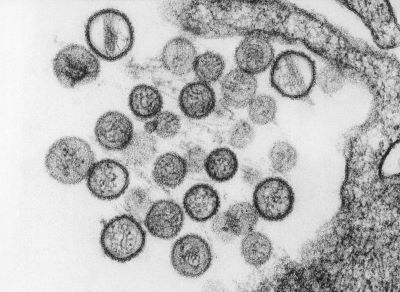
Animal model development for New World Hantaviruses
Project Team: Bryce Warner, Sourabh Suran, Melani Goens (University of Guelph), Yanlong Pei (University of Guelph), Sarah Wootton (University of Guelph)
*University of Guelph
Hantaviruses are a part of the family Hantaviridae (Order Bunyavirales) and are the causative agent of two diseases in humans: hemorrhagic fever with renal syndrome (HFRS) and hantavirus cardiopulmonary syndrome (HCPS). HCPS is caused by “New World” Hantaviruses, of which, Sin Nombre virus (SNV) is the cause of nearly all cases in North America. Andes virus (ANDV) is one of the main HCPS causes in South America. HCPS is a severe respiratory infection, and individuals with HCPS undergo rapid disease progression from coughing to severe cardiopulmonary edema and shock leading to death. The case fatality rate for HCPS is around 30-40% depending on the causative virus and geographic region. The rapid nature of the disease makes treatment difficult and currently there are no vaccines or therapeutics available for HCPS.
Currently, the only commonly used small animal models of New World hantavirus infection are the lethal Syrian hamster model of ANDV infection, a lethal SNV model in immunocompromised Syrian hamsters, and a non-lethal Hamster-adapted SNV model in Syrian hamsters. While laboratory mice are frequently used as a model of viral infections, they are not permissive to New World Hantavirus infection. Our goal is to develop a mouse model of New World Hantavirus infection using mice that have been given an Adeno-associated virus (AAV) expressing human protocadherin-1 (PCDH-1), the critical receptor for New World Hantavirus entry. We have developed an AAV-PCDH-1 that expresses the receptor in the lungs of mice. This newly developed model will have utility in assessing vaccines and therapeutics as well as determining immune responses critical for virus clearance and pathogenesis.

